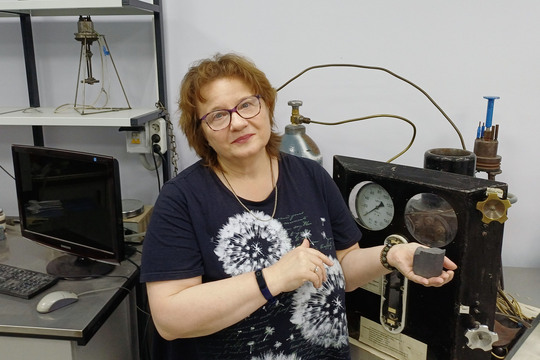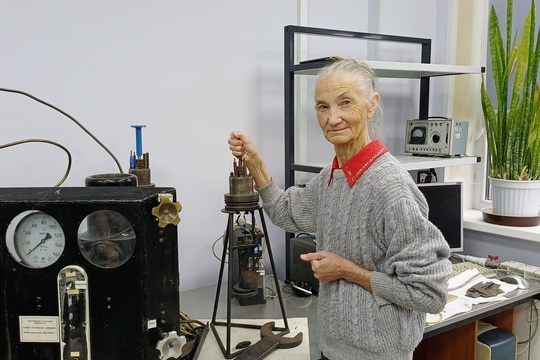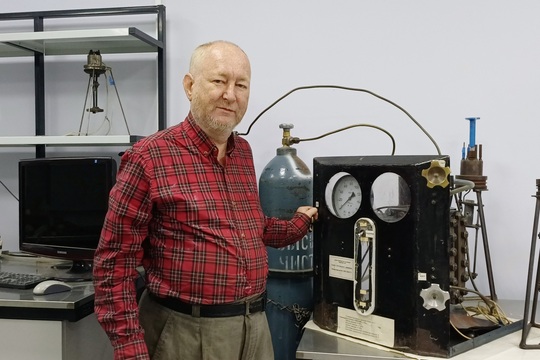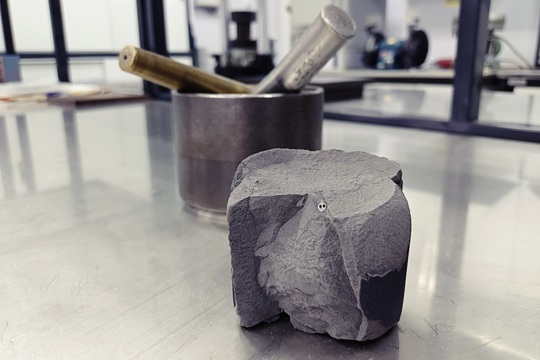Conductive polymer composites for extreme temperature applications obtained at TSC
With the help of self-propagating high-temperature synthesis (SHS), scientists at Tomsk Scientific Center of the Siberian Branch of the Russian Academy of Sciences created unique electrically conductive polymer composites. These composites, based on titanium carbosilicide and nitrogen-containing phases, were designed to perform reliably at extreme temperatures of up to 400°C. Their potential applications include heating devices, microelectronics, and more. The findings have been published in the Journal of Alloys and Compounds .
“A research area of high priority in modern material science is creating new materials with improved electrical and thermal properties, especially those suited for high-temperature environments, – explains Olga Shkoda, senior researcher at the Laboratory of Macroscopic Kinetics of Heterogeneous Systems. – Our titanium carbosilicide based on so-called MAX phases combines the best of ceramics and metals thanks to its layered, graphite-like structure”.
The innovative synthesis approach builds on a patented process where titanium carbosilicide is obtained via a high-temperature combustion in argon. As Olga Lepakova, a candidate of technical sciences and a research staff at the Laboratory of Functional Ceramic Materials, explains, the new material was synthesized in two steps:
“At step one, pure elemental powders – titanium, silicon, and carbon – were mixed. Then, we initiated a reaction, but instead of inert argon, we went with nitrogen. Nitrogen forms additional nitride phases and finds its way into the crystal lattice, causing the final product to change its properties. When synthesized at temperatures exceeding 2100°C, titanium carbide and titanium carbosilicide are produced in a 15:85 ratio. The resulting powder was then blended into the initial Ti-Si-C mixture, loaded into the reactor and the process repeated”.
“Varying the proportions during this second step revealed an optimal composition where 40-60 % of the mixture is the initially synthesized powder. This composition exhibits superior electrical and thermal characteristics with surface resistivity of 50 to 100 Ohms and stable operation at temperatures of up to 400°C,” – notes Alexander Shulpekov, a researcher at the Laboratory of Technological Combustion.
They are well-suited for manufacturing heating elements, microelectronic components, supercapacitors, lithium-polymer batteries, and sensitive gas or biological sensors. They can also be used to shield against electromagnetic interference and electrostatic discharge which makes them a promising alternative to metals and conventional conductive materials in various technological applications. The research team plans to further explore the effect of different additives on the synthesized material’s properties, aiming to tailor composite formulations for specific needs.
© TSC SB RAS Press Center





